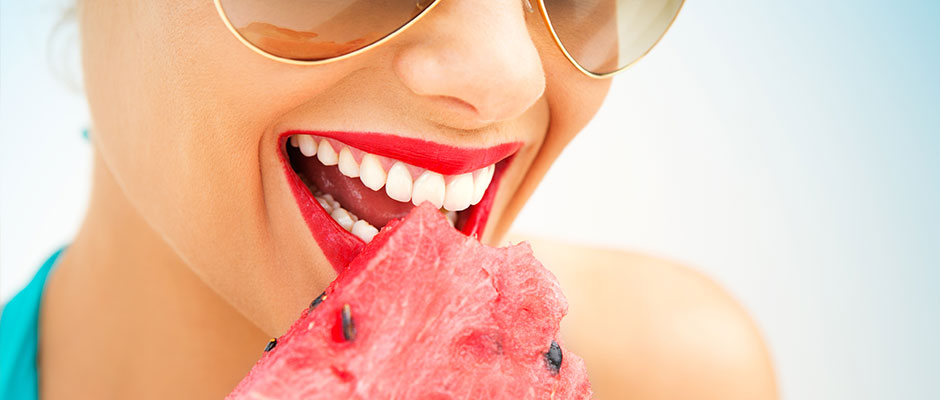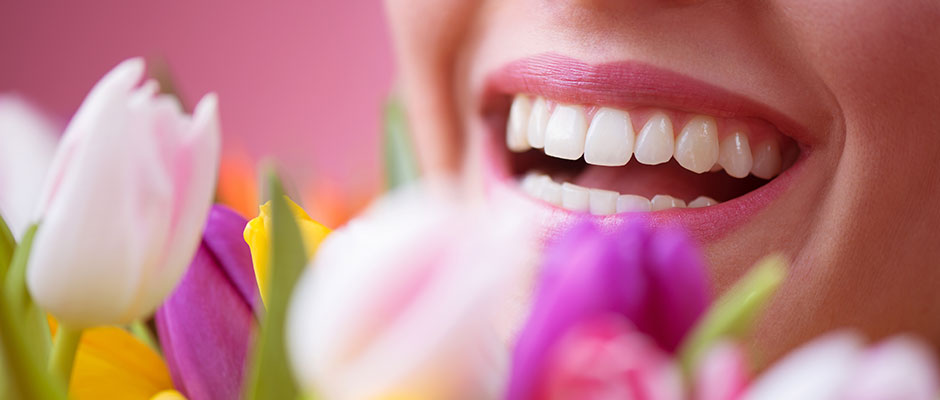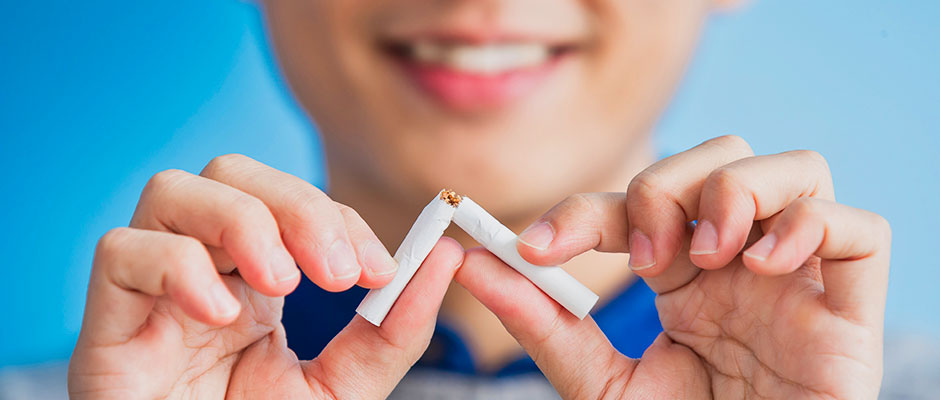There are 6 factors that contribute to tooth decay. Two of these may be ones we hear over and over again from our hygienist or dentist. Brush your teeth! Stop eating so much candy. We will list those 2 first as they are worth reviewing but they are by no means where your dental care ends.
1. Diet
Foods high in carbohydrates and sugar contribute to feeding the bacteria that cause cavities. It’s important to note that it isn’t just the amount of sugar, but the time it takes to consume it. It’s much worse to have a small candy in your mouth all day than it is to eat a bag of candy within 10 minutes and return to a more normal diet for the rest of the day. Every sip of a sugary drink is a 20 minute acid attack on your teeth.
Acidic food and acid reflux (indigestion and heartburn) can also help make your teeth more open for bacteria to infiltrate the tooth structure. Bacteria goes below the surface where your toothbrush cannot reach.
Conversely, protein helps the good bacteria in your mouth and can kill the bacteria that causes cavities. Eat foods high in calcium and protein like cheese, leafy green vegetables and nuts to help protect your teeth from tooth decay. Calcium helps restore and maintain the strength of your teeth.
2. Hygiene
You should brush your teeth for at least two minutes, twice per day. Oral hygiene is critical to help protect your teeth from plaque which coats your teeth after as little as 5 minutes to 4 hours. A thicker coating of plaque creates the ideal environment for cavity causing bacteria to start consuming sugar, emitting acid, and penetrating under the surface of your teeth.
An electric toothbrush works best as it helps loosen the plaque, much like a power lawn mower can cut the grass more easily than a manual mower.
Flossing is also good to help clear the plaque between and behind your teeth where your brush cannot reach. If you are not a skilled flosser, then a water flosser is a great option as you will be less likely to cause damage to your gums that can sometimes occur from improper flossing technique.
3. Bacteria
Cavities are an infection. If you never got that particular bacteria in your mouth, you would have never had cavities in the first place. There are several types of cavity-causing bacteria, and some are more aggressive and damaging than others. The degree of aggressiveness of a pathogenic bacteria is referred to as virulence.
The bacteria can also jump from one tooth to the next, so leaving a large untreated cavity in your mouth puts your other healthy teeth at greater risk of getting a cavity too.
4. Tooth Structure
Some people have stronger teeth or thicker enamel, giving them more
protection than others.
Exposed roots from gum loss and recession are more prone to acid attack than the crown of the tooth which has a harder enamel shell.
The age of your teeth can also make them more susceptible to new cavities if they are not remineralized from calcium in your diet or saliva.
Having fluoridated water at the prescribed one part per billion for children while their adult teeth are forming inside the jaws can make the enamel and dentin stronger overall as those minerals fit into tooth structure more tightly and thus make them more resistant to breakage and acid attack.
5. Saliva
Saliva naturally cleans your teeth and keeps them hydrated so they don’t become brittle and crack. Did you know that one in twenty people produce a protein in their saliva that makes them virtually immune to cavities? We all know that one person who has never had a cavity, and this might just be their secret weapon.
The biggest risk to our saliva comes from medication. The number one side effect of medications, from a dental perspective, is dry mouth
also known as xerostomia. If you have very severe xerostomia, then no amount of brushing and flossing can clear away the thick plaque that forms on them. It’s a losing battle.
On top of that, teeth that get chronically dried out can also crack and break much like dried wood cracks along its grain. This means that even people who were once immune to cavities all their lives but now have medication that causes xerostomia are now at greater risk of having tooth decay.
The good news is that there is something you can do: Wearing night guard trays over your teeth with a remineralizing paste like Ml Paste while sleeping can help lock in moisture and give time for your teeth to
remineralize after a day of acid attacks.
6. The Bite
The way your teeth bite together might put your teeth at greater risk. If you’re biting higher on one spot when you chew, that may open the door for the bacteria to get in. Clenching and grinding also puts more stress on your teeth which weakens the structure and can allow bacteria to get established.
We need to eat and use our teeth, but we may choose how hard to bite and avoid clenching and grinding when we are awake to help give them the care they need.
For clenching while you sleep, it’s important to consider that it may be related to sleep apnea before you decide to start wearing a night guard.




